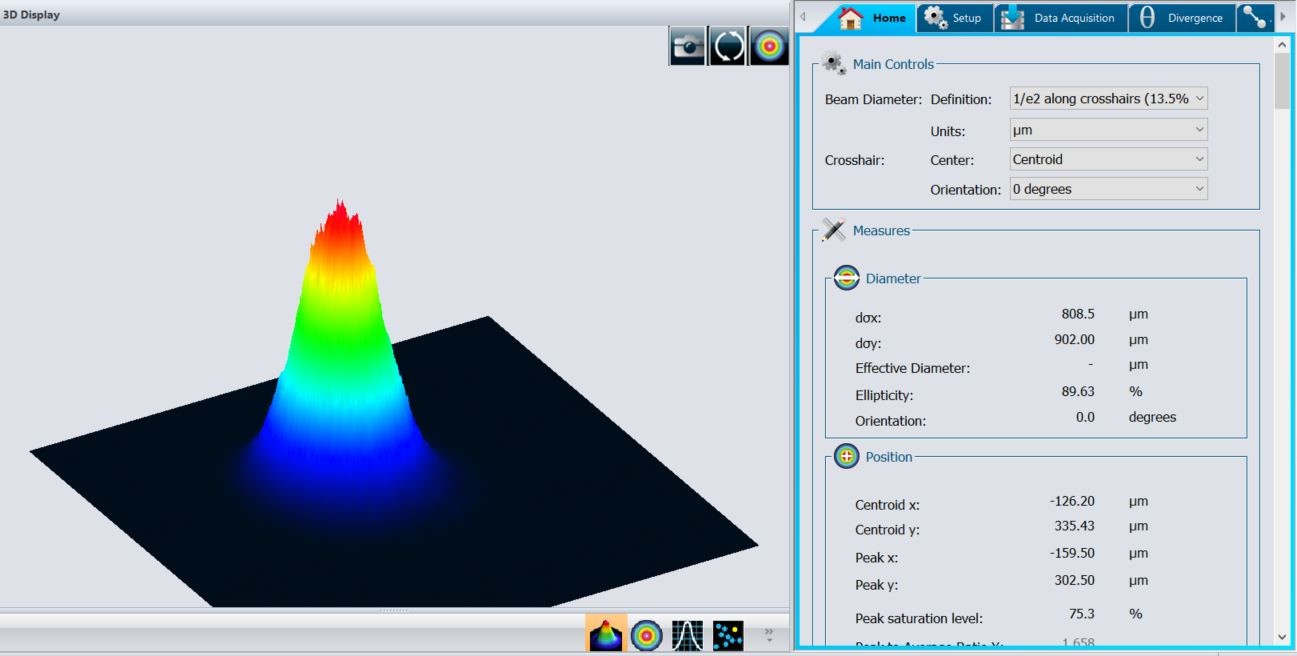Page 4 lists exposure range as 45-100mJ/cm², so this is easily attained by varying exposure time and/or power. I don't see a relation between efficacy and wavelength though. You'd want to be sure 405nm is effective at all. There may be a better color for all I know.
Why are these individuals not being consulted? They're clearly more equipped to offer design ideas than we are.
I think you missed the part where this is a lithography project, not direct etching. Ablation of the copper layer is not the mechanism at play.
You're obviously the individual I primarily seeked for in this forum who actually understands and reads people's post correctly.
Dupont has another document for their photoresist which states that the photoresist is sensitive to the wavelength around 300-450nm, at page 5:
dupont.com/content/dam/dupont/amer/us/en/products/ei-transformation/documents/DEC-Riston_GeneralProcessingGuide.pdf
It also sates that the best optimal wavelength is around 350-380nm. (I'll try to find a laser for this wavelength range, but 405nm is fine and can easily be purchased in the market).
To make things more interesting, Dupont also sells another series of photoresist which is specfically designed for lasers (LDI).
The photoresist which everyone got their hands on at home is not specifically designed for lasers (LDI) but for UV light exposure units.
It really doesn't make any difference between the two types of photoresists, but only matters when resolution and accuracy comes to play. The average person doesn't make PCBs at home which uses QFN, FPGA, BGA chips which has hundreds if not thousands of 0.2 - 0.8mm pins, since it requires state of the art LDI machines for exposing the photoresist at that level of precision traces or expensive PCB Transparent film laser printers which uses UV units for exposure.
Transparent film laser printing UV exposure is an old proven technology which is being deprecated in the advance PCB industry in favor for LDI. But "LDI" is also an old techonolgy too, which is coming back to life in the modern world now since lasers now are low cost, advanced and accessible. All of the big players in the PCB manufacturing who uses LDI, uses "galvo LDI". ("galvo LDI" is hella old technology, which is also getting advanced)
All in all, 30 years ago galvo LDI costed an arm and a leg, now 30 years into the future to the coming year "2021", galvo LDI still costs an arm and a leg. People like "encap" only knows galvo LDI, because they live in a rock (I don't blame COVID for it). Maybe the concept of galvo LDI is so much easier to understand and comprehend than other scanning technologies.
But...
There are individuals who realized the potential of "lasers", "hardware" and "polygon mirrors" available to the current consumer market, and made ~$100 "LDI" technology with mind blowing resolution of ~0.1mm traces. (Without the need of precision galvo scanning motors)
One of the open source projects is called "LDgraphy", here's the website:
github.com/hzeller/ldgraphy
The creator did a phenomenal job for explaining and documenting everything so that anyone can build it and also gave some ideas how to further improve their open source LDI project..
It's unbelievable how no external lens was used and 0.1mm trace accuracy can be achieved.
For my needs I need 0.07mm PCB traces (which shouldn't be a big deal to achieve). But anyhow I guess I'll shoot the creator a message for how I can achieve 0.07mm. I was assuming maybe, perhaps theres smatter people in a laser/optic forum which can give "free" simple ideas in how to use external lens to achieve 0.07mm.




